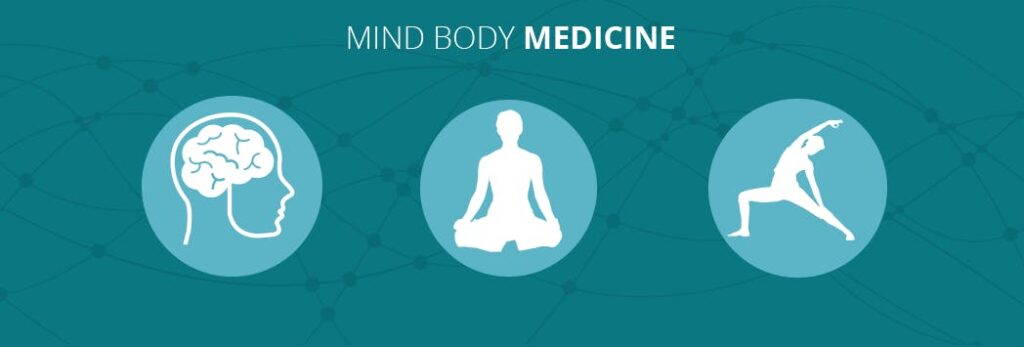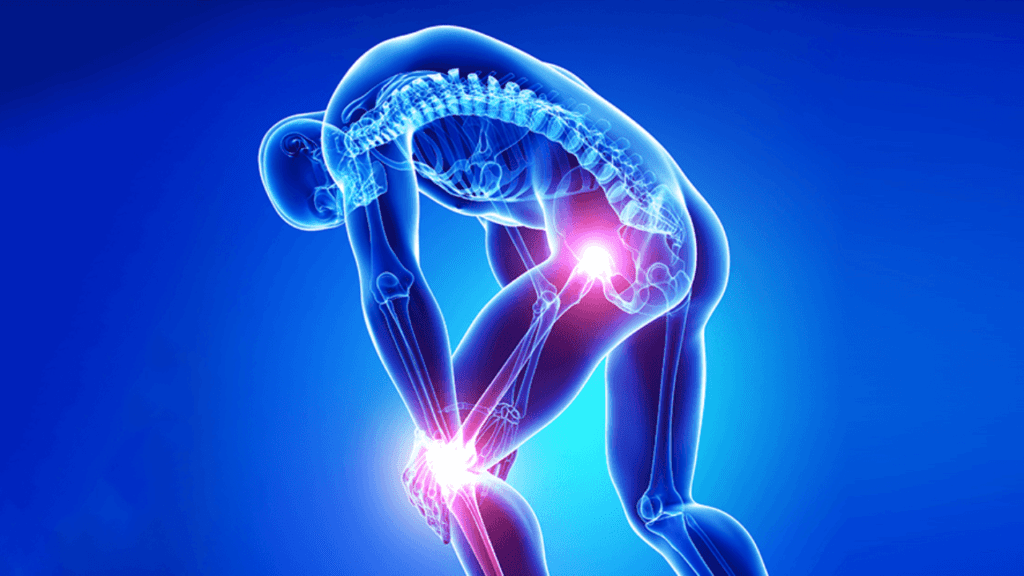Empowering Wellness: Managing Orthopedic Pain with Mind-Body Techniques
Techniques for Dealing with Pain:
Effective pain management involves a multifaceted approach. Beyond medications, techniques like physical therapy, acupuncture, and exercise contribute to holistic well-being. Integrating mind-body practices adds a powerful dimension to pain relief strategies.
Mind-Body Techniques Defined:
Mind-body techniques encompass a range of practices that recognize the intricate connection between mental and physical well-being. Meditation, deep breathing, guided imagery, and progressive muscle relaxation are examples of mind-body techniques that foster harmony between the mind and body.

The 5 A’s of Chronic Pain:
Addressing chronic pain involves the 5 A’s—Analgesia, Activities, Adverse effects, Aberrant drug-related behaviors, and Affective disorders. Mind-body techniques align with these principles by providing non-pharmacological avenues for pain relief, promoting engagement in activities, and addressing emotional aspects of pain.
Technique Used in Mind-Body Medicine:
Mindfulness meditation is a cornerstone of mind-body medicine. This technique encourages individuals to be present in the moment, observing thoughts and sensations without judgment. By cultivating mindfulness, patients can develop a heightened awareness of their bodies and manage pain more effectively.

Exploring Mind-Body Harmony:
Mind-body techniques foster a harmonious relationship between mental and physical states. The active engagement with these practices empowers individuals to play an active role in their pain management journey. Transitioning from the mindset of passive pain acceptance to proactive self-care is a pivotal aspect of mind-body harmony.
Unlocking the Power of Breath:
Deep breathing exercises form a fundamental component of mind-body techniques. The simplicity of conscious breathing belies its profound impact on stress reduction and pain management. By incorporating intentional breathwork into daily life, individuals can cultivate a sense of calm and resilience against orthopedic pain.
Active Engagement in Pain Relief:
Mind-body techniques emphasize the active engagement of individuals in their pain relief journey. Unlike passive approaches, such as relying solely on medications, these techniques empower individuals to cultivate resilience, reduce stress, and improve overall well-being.

Building Resilience through Mind-Body Practices:
Resilience is a key outcome of consistent mind-body practice. By developing resilience, individuals can navigate the ebb and flow of orthopedic pain with greater ease. Mind-body techniques serve as tools that not only address pain symptoms but also enhance one’s capacity to cope with adversity.
Conclusion: Transformative Potential of Mind-Body Techniques
In the realm of orthopedic pain management, mind-body techniques stand out as transformative allies. Embracing the 5 A’s of chronic pain, understanding the essence of mind-body practices, and actively engaging in techniques like mindfulness and breathwork unlock a path to holistic well-being.
Closing Reflection:
Managing orthopedic pain transcends traditional boundaries, inviting individuals to explore the intricate dance between mind and body. Mind-body techniques offer not just relief from pain symptoms but a holistic approach to well-being—an invitation to embrace empowerment and transform the pain narrative.
Know More About Mind–Body Therapies for the Self-Management of Chronic Pain Symptoms
